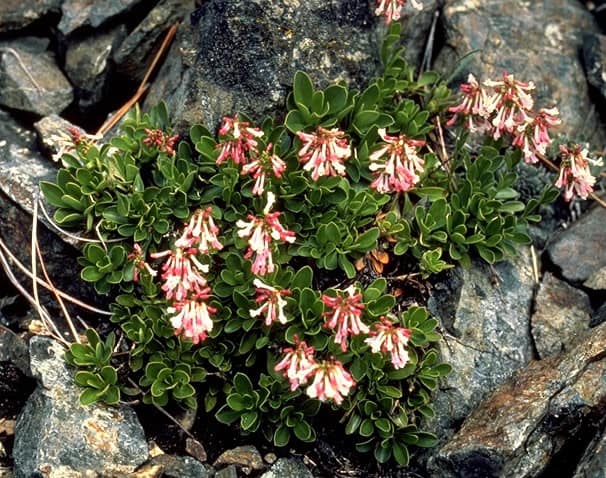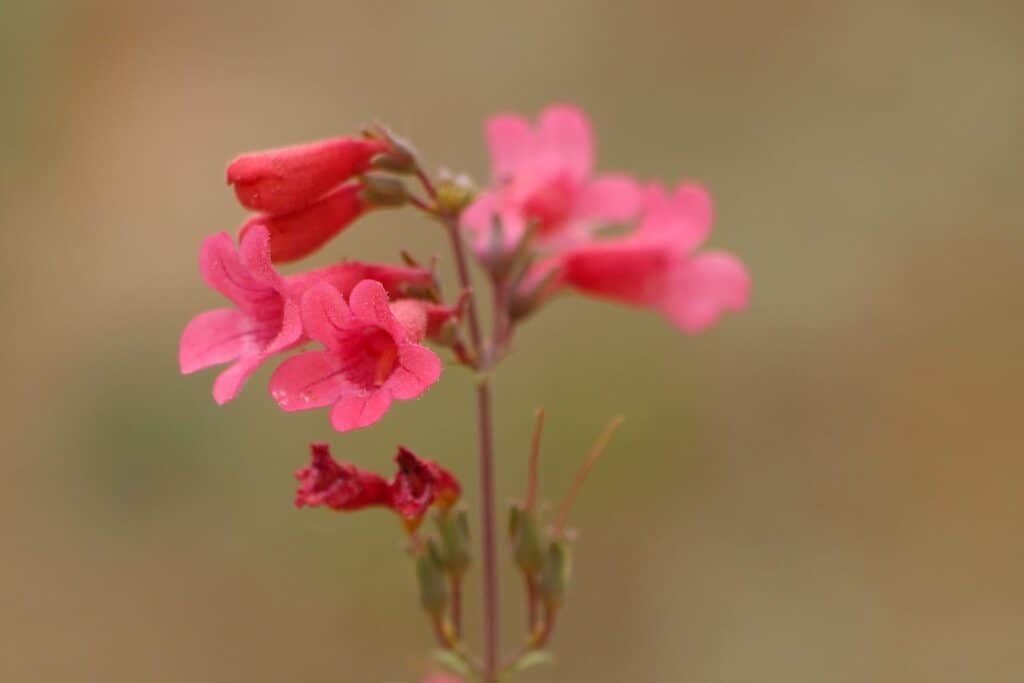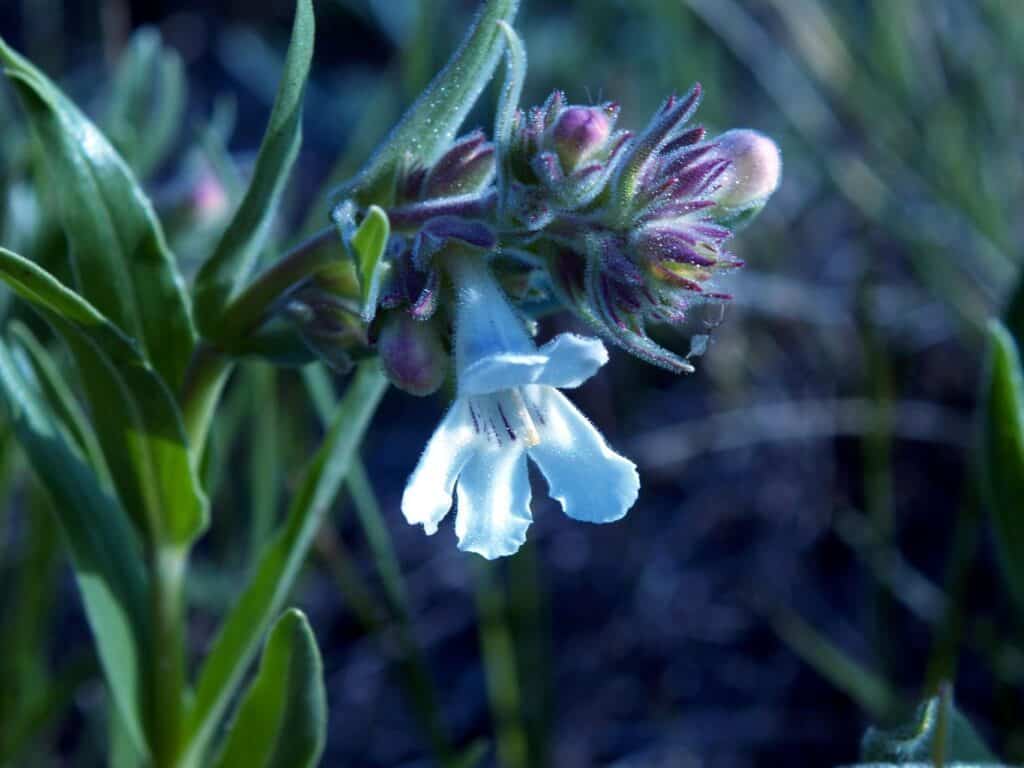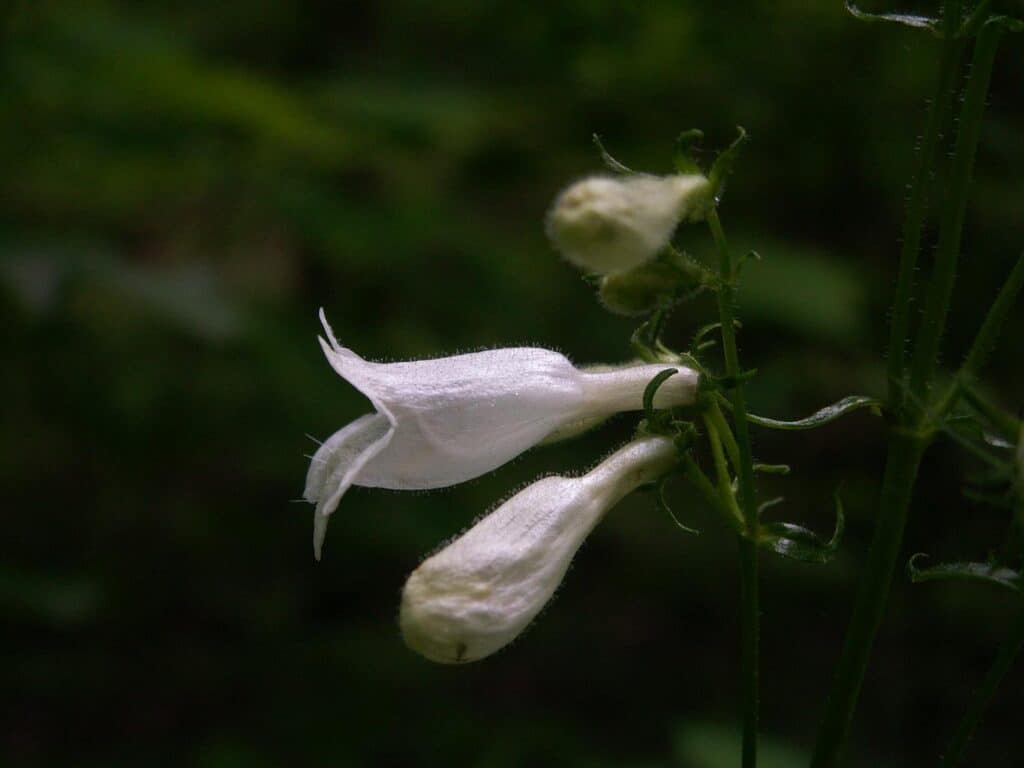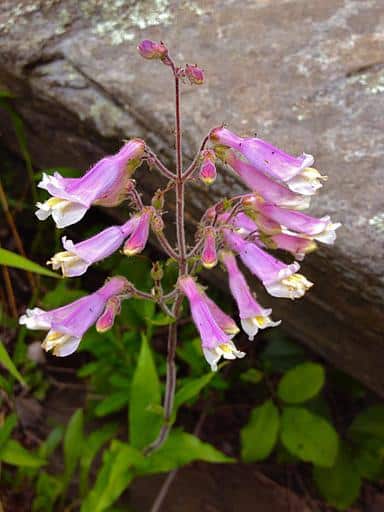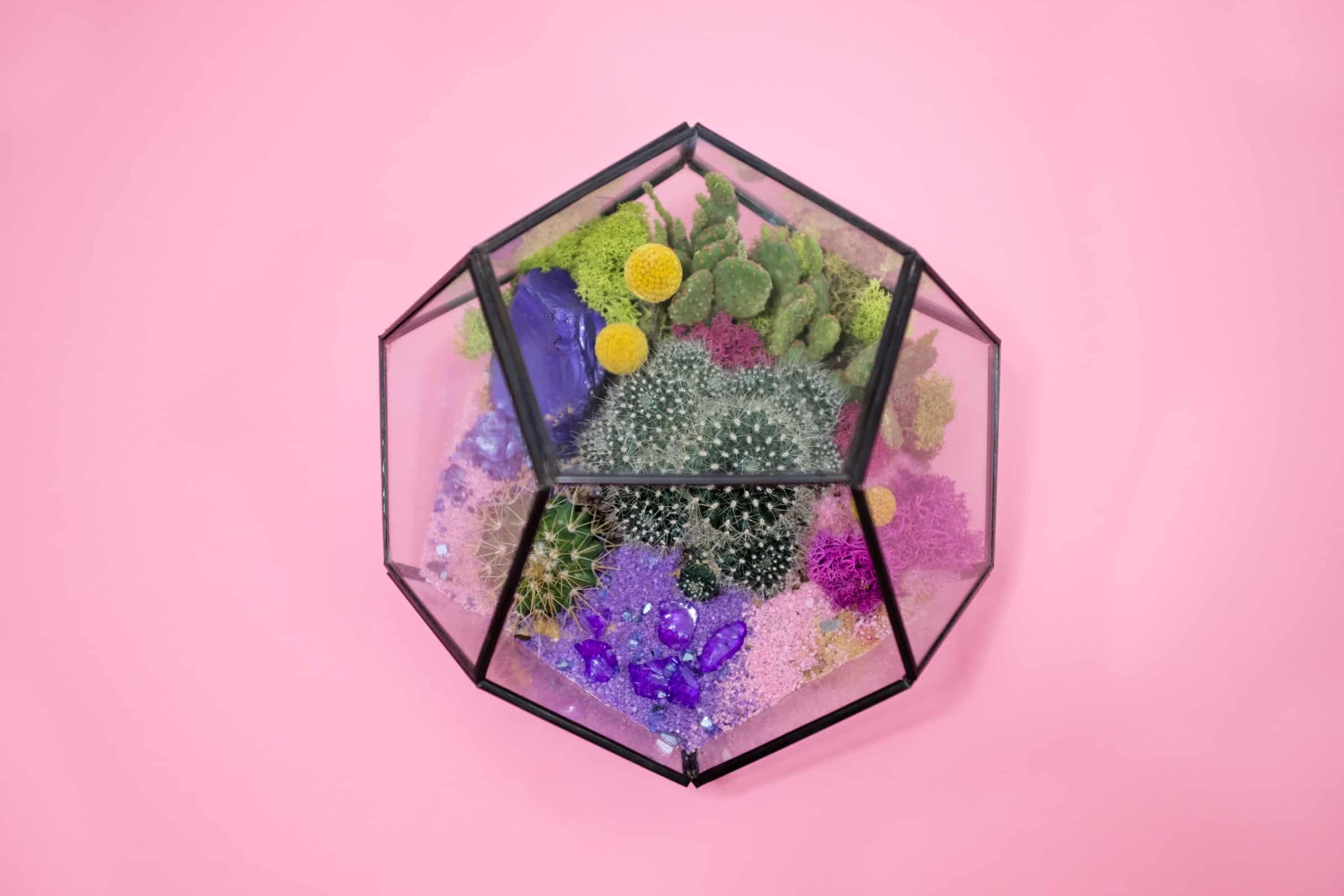Beardtongue (Penstemon spp.) is a genus of flowering plants in the Plantaginaceae family that are native to North America. There are over 250 species of beardtongue, ranging from tall, upright plants to short, spreading ground covers. They are prized for their colorful and abundant spikes of tubular flowers, which come in shades of pink, red, purple, blue, and white. The flowers attract pollinators like bees, butterflies, and hummingbirds, making beardtongue a valuable addition to any garden. The leaves of beardtongue plants are typically green, and they may be smooth, hairy, or toothed, depending on the species. They are easy-to-grow perennials that are suitable for many different types of gardens, including rock gardens, borders, and wildflower meadows. With proper care, beardtongue plants can live for many years and provide an abundance of color and interest in the garden for many seasons to come.
When To Plant Beardtongue
The best time to plant beardtongue (Penstemon spp.) varies depending on the climate and growing conditions, but typically it is best to plant it in the spring or fall.
Spring planting: If you live in a region with a mild spring climate, planting beardtongue in the spring gives it plenty of time to establish roots and grow before the hot summer weather arrives.
Fall planting: In regions with cool autumn temperatures, planting beardtongue in the fall allows it to settle in and establish roots before winter sets in. This also gives it a head start in the spring when new growth begins.
Regardless of when you plant it, make sure the soil is well-draining, and water the plant regularly until it is established. If you live in a region with hot summers, provide some shade for the plant during the hottest part of the day, and mulch around the base to conserve moisture and regulate soil temperature.
Guidelines by State to Plant Beardtongue
- Northern states: In states like Maine, Minnesota, and Montana, beardtongue can be planted in late spring, after the last frost has passed, or in early fall.
- Southern states: In southern states like Texas, Florida, and Georgia, beardtongue can be planted in the spring or fall, but it is best to avoid planting during the hot summer months when temperatures can reach high levels.
- Western states: In states like California, Washington, and Oregon, beardtongue can be planted in the spring or fall, depending on local temperatures and rainfall patterns.
Regardless of the state, it is important to pay attention to local weather patterns and soil conditions to determine the best time for planting beardtongue. Make sure the soil is well-draining, and water the plant regularly until it is established. If you live in a region with hot summers, provide some shade for the plant during the hottest part of the day, and mulch around the base to conserve moisture and regulate soil temperature.
Growing Beardtongue
Growing beardtongue (Penstemon spp.) is a rewarding experience for gardeners. These beautiful perennials, native to North America, are easy to care for and provide an abundance of colorful flowers for many seasons to come. Here is a guide to help you get started with growing beardtongue in your garden:
- Choose the right location: Beardtongue prefers well-drained soil and full sun to partial shade. Avoid planting in areas with heavy shade or poorly-drained soil.
- Prepare the soil: Before planting, amend the soil with compost or other organic matter to improve its structure and fertility.
- Planting: Plant beardtongue in the spring or fall. Space plants 18 to 24 inches apart. Dig a hole twice as wide and just as deep as the root ball. Backfill with soil and water thoroughly.
- Watering: Water beardtongue regularly during its first growing season to establish a deep root system. After that, only water during prolonged droughts.
- Fertilizing: Fertilize with a balanced, slow-release fertilizer in spring.
- Pruning: Prune back beardtongue in late fall or early spring to promote reblooming and to control size.
- Dividing: Divide beardtongue every three to four years to refresh the plant and maintain vigor.
By following these simple guidelines, you can grow a beautiful and healthy beardtongue plant in your garden. Enjoy its colorful blooms from spring to fall!
Planting Beardtongue in a Shady Garden
You can plant beardtongue (Penstemon spp.) in a shady garden, although it will perform best in a location with at least partial sun. Most varieties of beardtongue prefer full sun to partial shade. If you plant beardtongue in a shady garden, it may not flower as profusely as it would in a sunnier location. However, some varieties are more shade-tolerant than others and can still produce a good display of flowers in low light conditions.
If you have a shady garden and want to grow beardtongue, look for varieties that are known to be shade-tolerant, or consider planting it in a location that receives some morning sun and afternoon shade. Additionally, make sure the soil is well-draining, and water the plant regularly until it is established. To promote healthy growth and minimize stress, provide some shade for the plant during the hottest part of the day and mulch around the base to conserve moisture and regulate soil temperature
How to Care for Beardtongue
The beardtongue plant is one of the easiest houseplants you can grow.
- Provide plenty of sun: Beardtongue prefers full sun to partial shade. Make sure to choose a location that gets at least six hours of sun per day.
- Water regularly: Water beardtongue regularly during its first growing season to establish a deep root system. After that, only water during prolonged droughts. Avoid overwatering, as beardtongue does not like wet feet.
- Fertilize: Fertilize with a balanced, slow-release fertilizer in the spring to promote healthy growth.
3 secret tips for making beardtongue thrive
- Cut back in fall: Cut back beardtongue in the fall or early spring to promote reblooming and to control size.
- Deadhead regularly: Remove spent flowers regularly to encourage continuous blooming.
- Provide good air circulation: Good air circulation helps prevent fungal diseases from affecting beardtongue. Space plants 18 to 24 inches apart to allow for adequate air flow.
By following these tips, you can help your beardtongue plants thrive and enjoy their beautiful blooms for many seasons to come.
Pruning
Pruning beardtongue (Penstemon spp.) can help to promote healthy growth, remove damaged or diseased branches, and improve the overall appearance of the plant. Here are some steps for pruning beardtongue:
- Timing: Prune beardtongue in late winter or early spring before new growth begins.
- Tools: Use sharp, clean pruning shears or a pruning knife to make clean cuts.
- Cut back old stems: Cut back the old stems of the plant to within a few inches of the ground. This will encourage new growth from the base of the plant.
- Remove dead, damaged or diseased branches: Cut back any dead, damaged or diseased branches to healthy wood.
- Thin out the plant: Thin out the plant by removing any crowded or crossing branches to promote good air circulation.
- Maintain shape: Prune back the tips of the new growth to maintain the desired shape and size of the plant.
Remember to sterilize your pruning tools between cuts to avoid the spread of disease. After pruning, water your beardtongue well to help it recover and establish new growth.
Propagating Beardtongue
Beardtongue (Penstemon spp.) can be propagated through several methods, including division, cuttings, and seeds. Here are the steps for each method:
- Division: This method is best done in the spring or fall. Dig up the clumps of beardtongue, and gently separate the individual plants, making sure each division has a good root system. Replant the divisions in well-drained soil and water thoroughly.
- Cuttings: Take cuttings from healthy, vigorous growth in the summer and root them in moist sand or perlite. Alternatively, you can also root the cuttings in water. Once the roots have developed, plant the cuttings in well-drained soil.
- Seeds: Sow the seeds in a seed tray or directly in the garden in the fall or spring. Cover the seeds with a light layer of soil and keep them moist. Be patient, as it may take several weeks for the seeds to germinate.
Regardless of the method you choose, be sure to provide the new plants with proper care, including plenty of sun, well-drained soil, and regular watering. With a little attention, your beardtongue plants will thrive and provide you with many seasons of beautiful blooms.
Common Pests and Diseases
Beardtongue can be susceptible to several pests and diseases. Some of the common pests and diseases of beardtongue are:
- Aphids: These tiny insects feed on the sap of the plant and can cause wilting and stunted growth. To control aphids, use an insecticidal soap or neem oil spray.
- Spider mites: These tiny spider-like pests can cause yellowing and stippling of leaves. To control spider mites, blast the leaves with a strong jet of water, or use a miticide spray.
- Powdery mildew: This fungal disease can cause a white powdery growth on the leaves and stems. To prevent powdery mildew, plant beardtongue in a location with good air circulation, and avoid overhead watering. If infected, use a fungicide spray.
- Root rot: This fungal disease can cause the roots to rot, leading to stunted growth and wilting. To prevent root rot, plant beardtongue in well-draining soil, and avoid overwatering.
To tackle these pests and diseases, practice good cultural care, including proper watering, adequate light, and proper soil conditions. Regularly inspect your plants for signs of pest or disease activity and take prompt action if necessary.
What we love from Amazon this week
Buy these wonderful flowers directly from Amazon:


